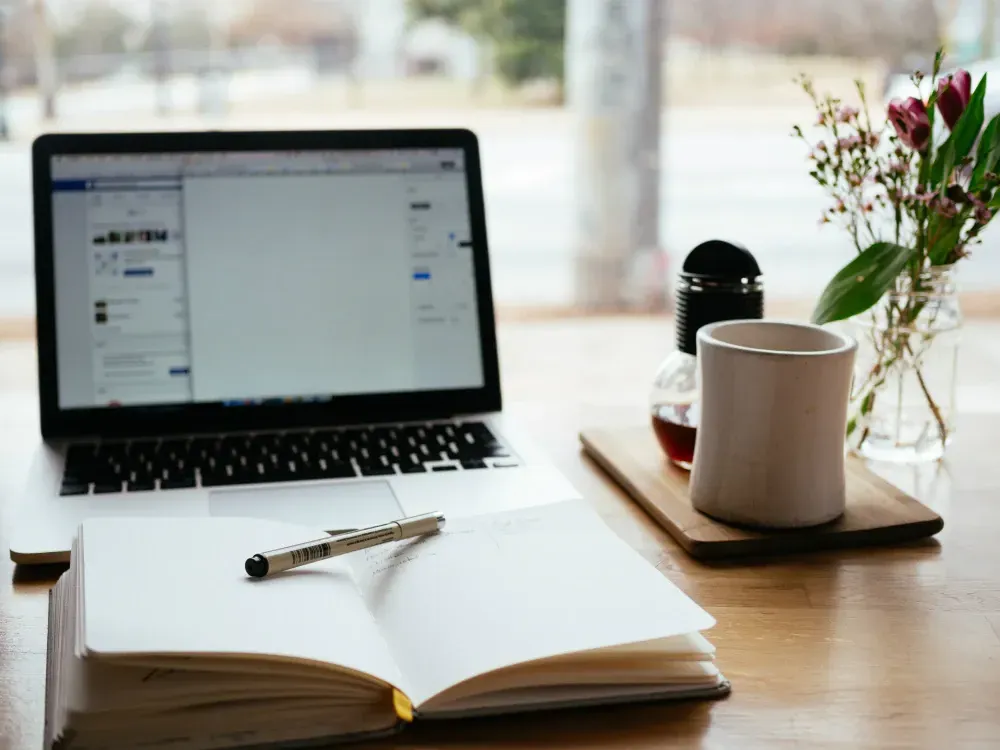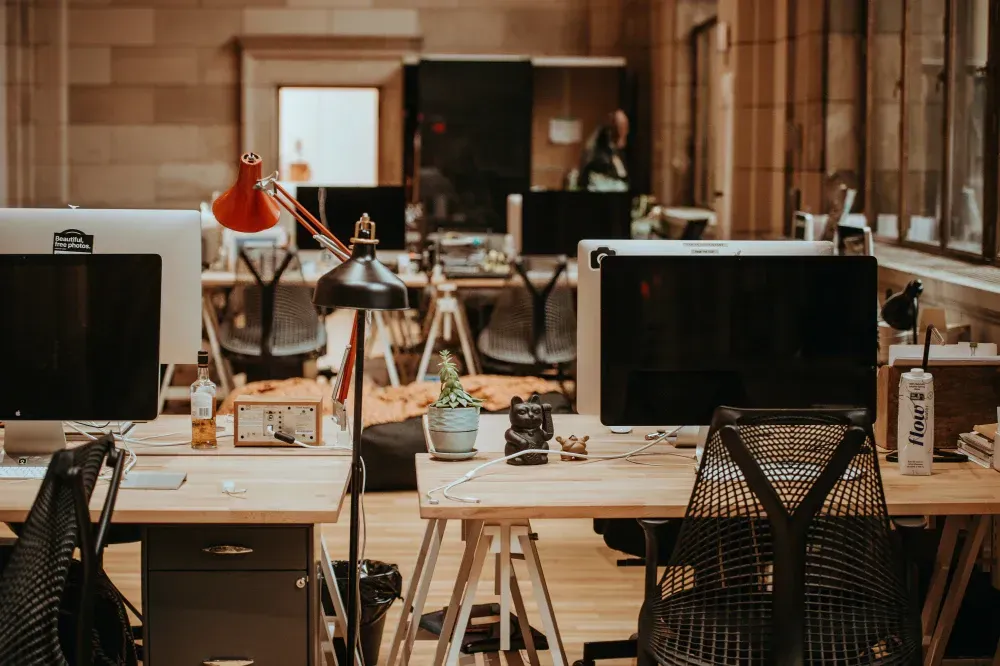The ultimate guide to working from home and staying focused
Written by
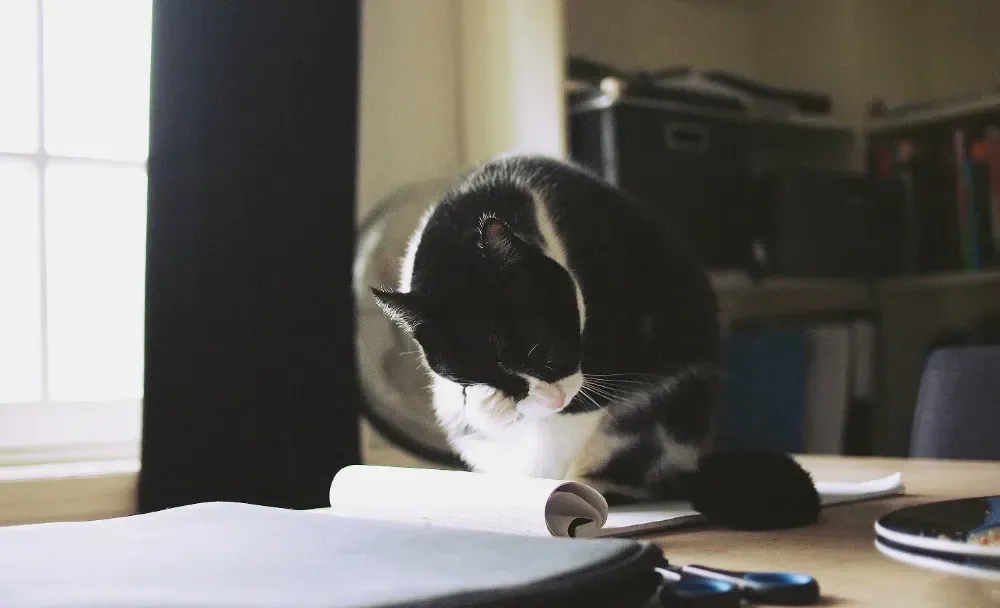
Working from home has its perks – there’s no commute, can be cost effective, you can take phone meetings from bed or avoid distracting conversations with colleagues altogether – and it's on the rise.
Be it working from home or finding a studio, there are perks and pitfalls, distractions and hurdles. Here’s a guide to the tools you can employ to make your choice of work place work for you.
Think about your environment
Before you negotiate with your employer to add working-from-home days, or shift out of the co-working studio, it might be worth taking note of what type of work you do well, and where.
Every object, room, and environment we interact with emits a habit field. That is, an association that influences our future behaviour.
Sometimes these habit fields work in our favour, helping us ease into a certain activity be it work or relaxation. For some people, their workplace emits a productive habit field for instance. If unaware, for some working from home may create a ‘fuzzy’ habit field – for example, it can be difficult to fall asleep at night if you are used to working on your laptop in bed.
Habit fields can also be created for our ‘bad’ habits or distracting behaviour. Writer Jack Cheng has a ‘distraction chair’ – a comfortable chair reserved for things like scrolling social media and browsing the internet – so his desk is for reserved for focussed work.
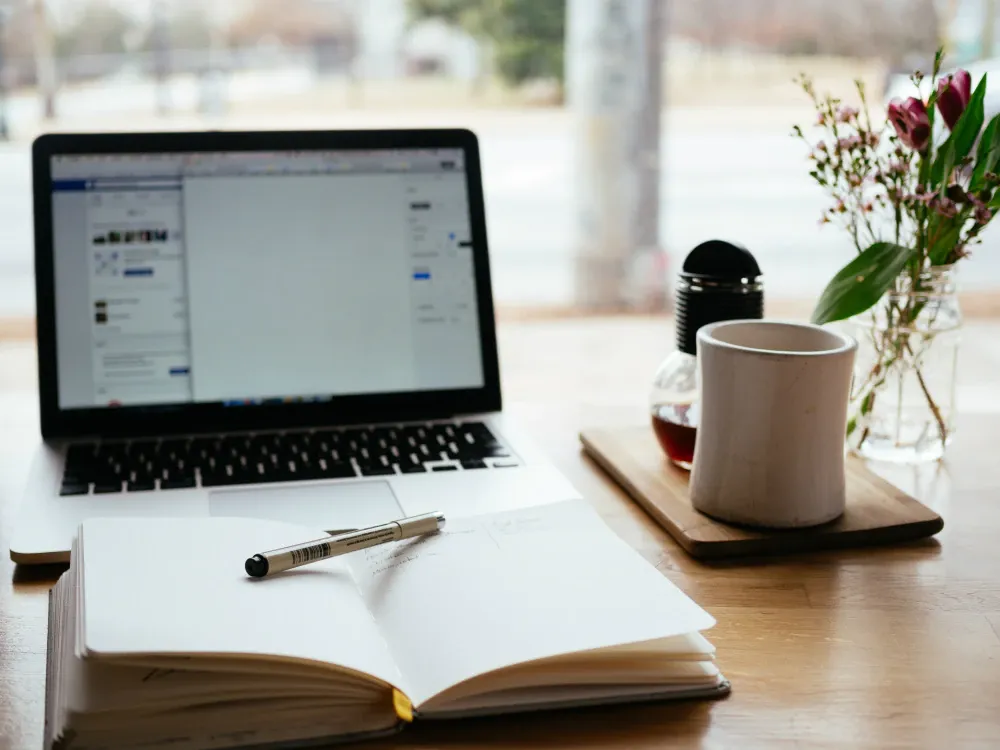
Nick Morrison on Unsplash
Find a structure around time, not space
For photographer Shannyn Higgins, working from home means there is little distinction between her work and life yet she maintains quite a strong sense of discipline.
Having freelanced for almost eight years, Higgins admits this has taken a long time to develop, but creating a routine helps with focus.
Dividing your day can be a great way to prioritise and break tasks into chunks, she adds. “I'm pretty structured in terms of how I approach my work – the mornings are my admin time. Then I tend to go for a quick walk and get a coffee at 10am and come back and then fill in the gaps before going to the gym at midday. When I get back in the afternoon, I edit shoots.”
Set a finish time
While having no commute can save time, it often means you have to be more creative when it comes to creating a finish time for your work day.
For Corso, one of the perks of working from home is the efficiency. “I love working at home and knowing I can roll out of bed, get dressed and take 10 seconds to commute to my desk.”
But she has maintained the nine-to-five structure to have a distinct start and stop time for her day. “I try and work eight hours a day when working at home. My brain goes to mush if I write for longer than that and always know there will be tomorrow,” she says.
Antidotes to isolation
One of the benefits of working from home can be the focus that comes with solitude and quiet. While Higgins enjoys this perk, she admits she does miss having company at times.
As an antidote to isolation, Higgins attends a regular midday gym class with ex-colleagues, and also recommends pre-planning social interaction to make sure it doesn’t fall to the bottom of the to do list.
When you are working in an environment with other people you can become inspired by their momentum or ask for advice when you feel stuck or in a rut. But when you work by yourself, you also have to pep yourself up, explains Higgins.
When you work by yourself, you also have to pep yourself up.
“Having freelanced now for almost eight years, if I’m in a funk I know now I need to go for a walk or listen to the right podcast.”
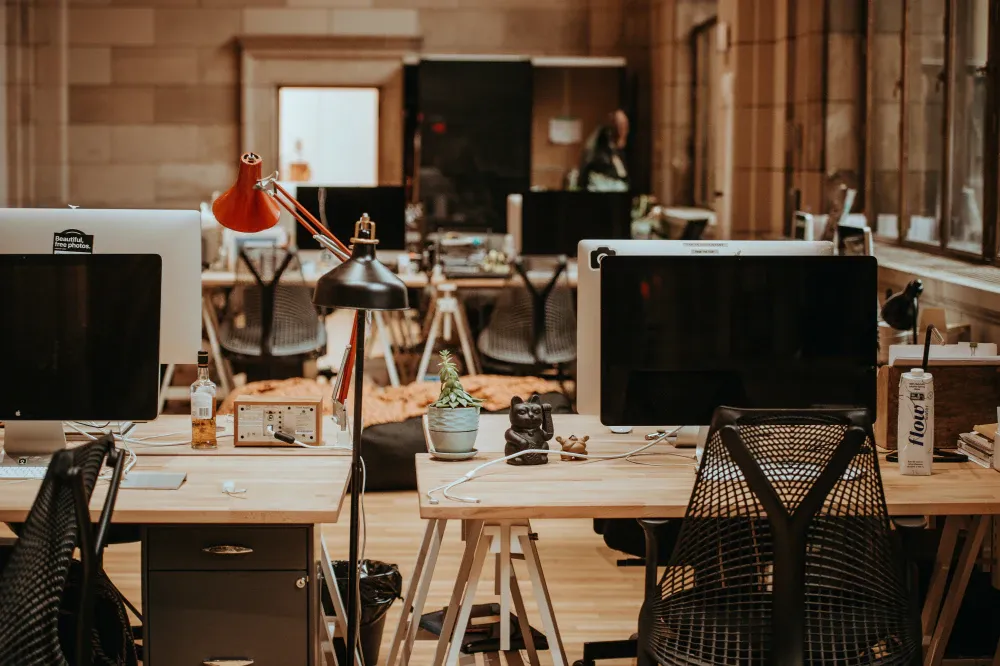
Annie Spratt on Unsplash
When to get out of the house
If you find that you are still in a rut working from home, it might be time for a change of scenery beyond simply taking a walk around the block.
Throughout his career, illustrator Jeffrey Phillips has worked at home, in shared co-working studios, his own private studio, as well as in-house for clients.
“After a couple of years working from home I realised it wasn't great for me because I became a hermit. I realised how social interactions come from working with other people and how much inspiration comes from being outside.”
“Work often comes from being visible and out in the world and being in a co-working space does generate work over time.”
While working with others can often be synonymous with distraction, Phillips has found that good co-working spaces factor that in. “They know people are there to work so the space is often designed to facilitate connection but not promote distraction.”
“Work often comes from being visible and out in the world and being in a co-working space does generate work over time because people know you and feel comfortable to recommend you to someone else,” he adds.
Be it working from bed, or investing in a shared space there is no right or wrong way – instead it's about paying attention to what works for you, and embracing the privilege of flexibility where and when you have it.
Written by Madeleine Dore, originally published by our friends at ArtsHub
